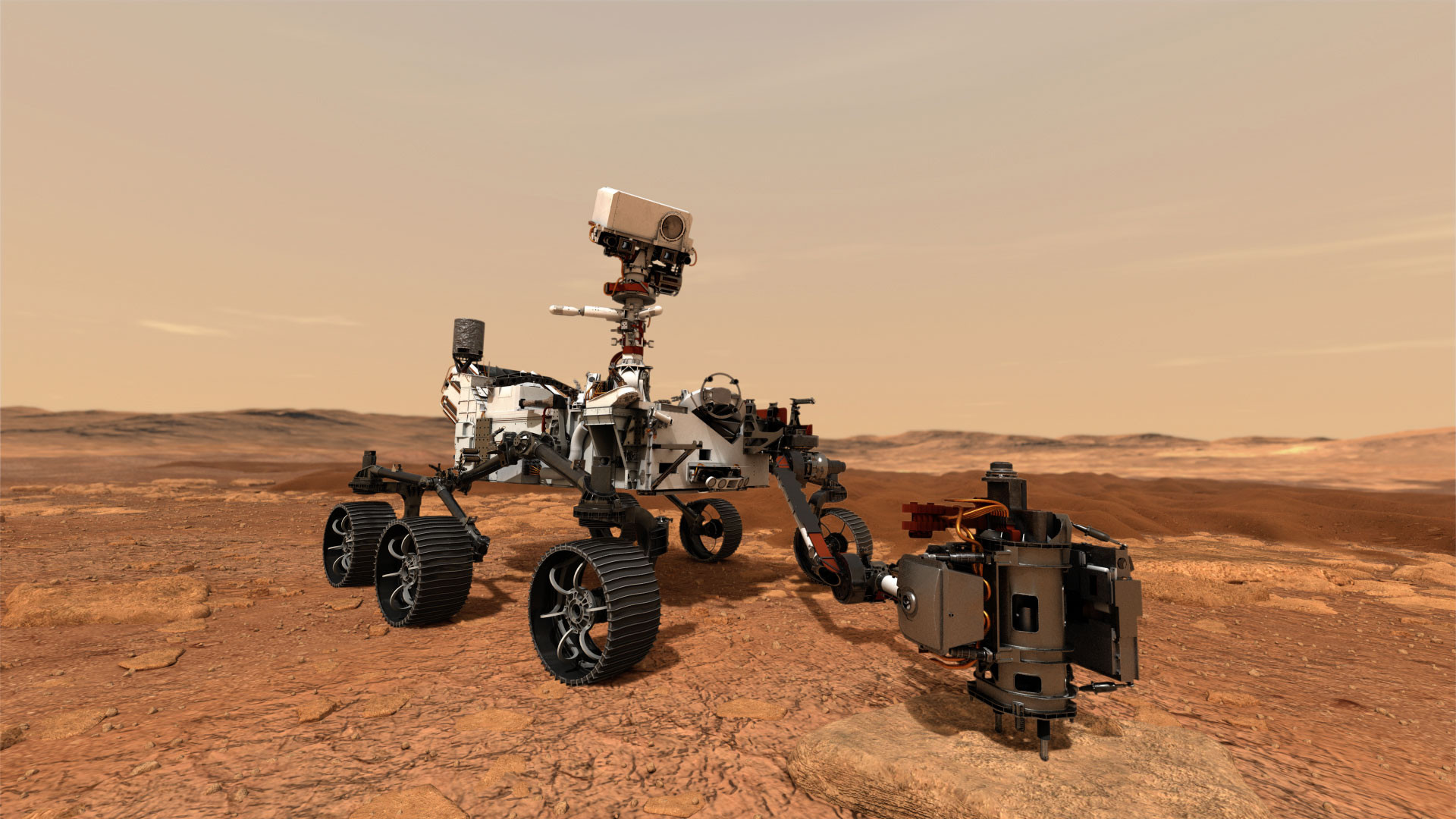In the first few weeks, NASA said, the team leading the mission will direct the rover to a low, visible location from where it can monitor the crater’s oldest geological formations, then launch an automated navigation and sampling system.
Perseverance completed its operational phase by June 1, testing its oxygen-generating instrument called MOXIE (The Mars In Situ Oxygen Resources Utilization Experiment) and conducting technology test flights on an Ingenuity helicopter.
The toaster-sized MOXIE produced 5 grams of pure oxygen from carbon dioxide in the Martian atmosphere, enough for 10 minutes for the astronaut to breathe.
Perseverance cameras took more than 75,000 images, and their microphones recorded the sounds of Mars for the first time.
The scientific mission of the expedition is to study the crater of Lake Jezero so that scientists can understand the geology and habitability of the area in the past, and look for signs of ancient microscopic life. Researchers leading the expedition will identify and collect the most impressive rock and sediment samples, and future missions may drop them back to Earth for further in-depth study.
Persevere also take measurements and tests that They will help in the exploration of Mars in the future by humans and robots.
Cover photo: 2021 NASA via Getty Images












































